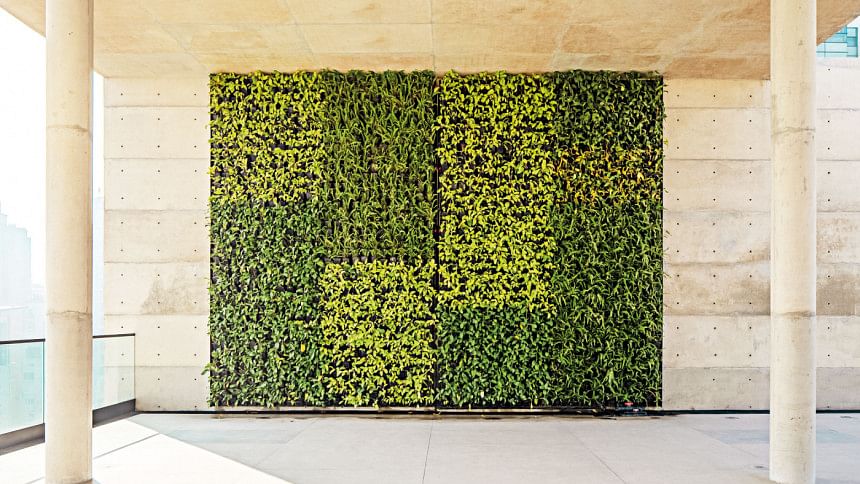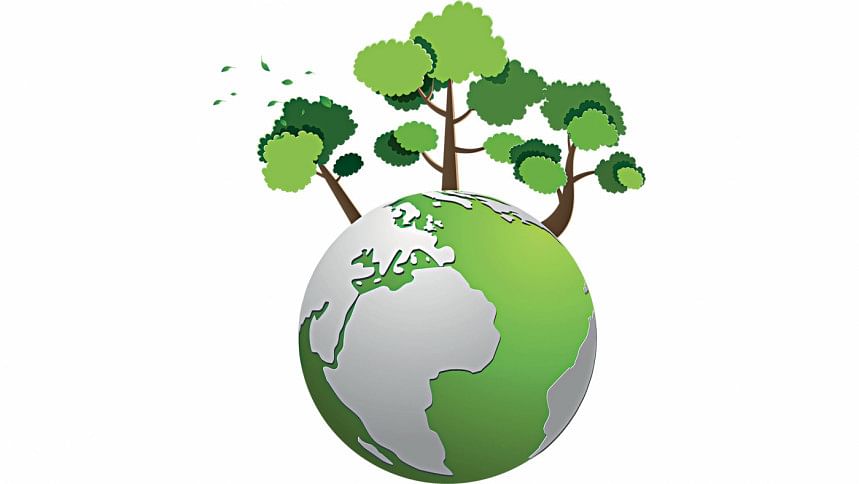Building Green Saving Green

Eco-friendly structures often incorporate natural elements into their design. Features like green roofs, vertical gardens, and landscaped terraces not only enhance aesthetics but also help reduce heat absorption, lowering the need for air conditioning.
Choosing the right materials is also crucial for eco-friendly construction. This involves utilising materials that are recycled, renewable, or sourced with minimal environmental impact, such as bamboo flooring, recycled steel, or reclaimed wood. Employing these materials helps reduce resource depletion, decrease pollution, and lower the carbon footprint of the structure.
The economic advantages of eco-friendly structures, particularly in terms of reduced operating costs and increased property values, make them an appealing investment.
The indoor environment is a vital aspect of eco-friendly structures. Low-emitting materials are preferred to improve air quality and occupant health. An expert from Dulux Paints advises, "While high-gloss paints are popular, they contain higher levels of VOCs. We recommend matte-finished paints as healthier, more environmentally friendly options."

One primary challenge in Bangladesh is the higher initial cost associated with eco-friendly construction projects. Technologies such as solar panels, energy-efficient systems, and sustainable building materials require a substantial upfront investment. Many builders and buyers are deterred by these initial costs, opting for the short-term savings offered by traditional construction methods.

An expert from Rangs Properties Limited points out, "We are yet to achieve the capacity to construct structures that adhere to international eco-friendly standards. The journey toward full compliance with international standards demands significant investments and a broader understanding of what such structures entail beyond mere aesthetics such as green landscaping."

 For all latest news, follow The Daily Star's Google News channel.
For all latest news, follow The Daily Star's Google News channel. 



Comments